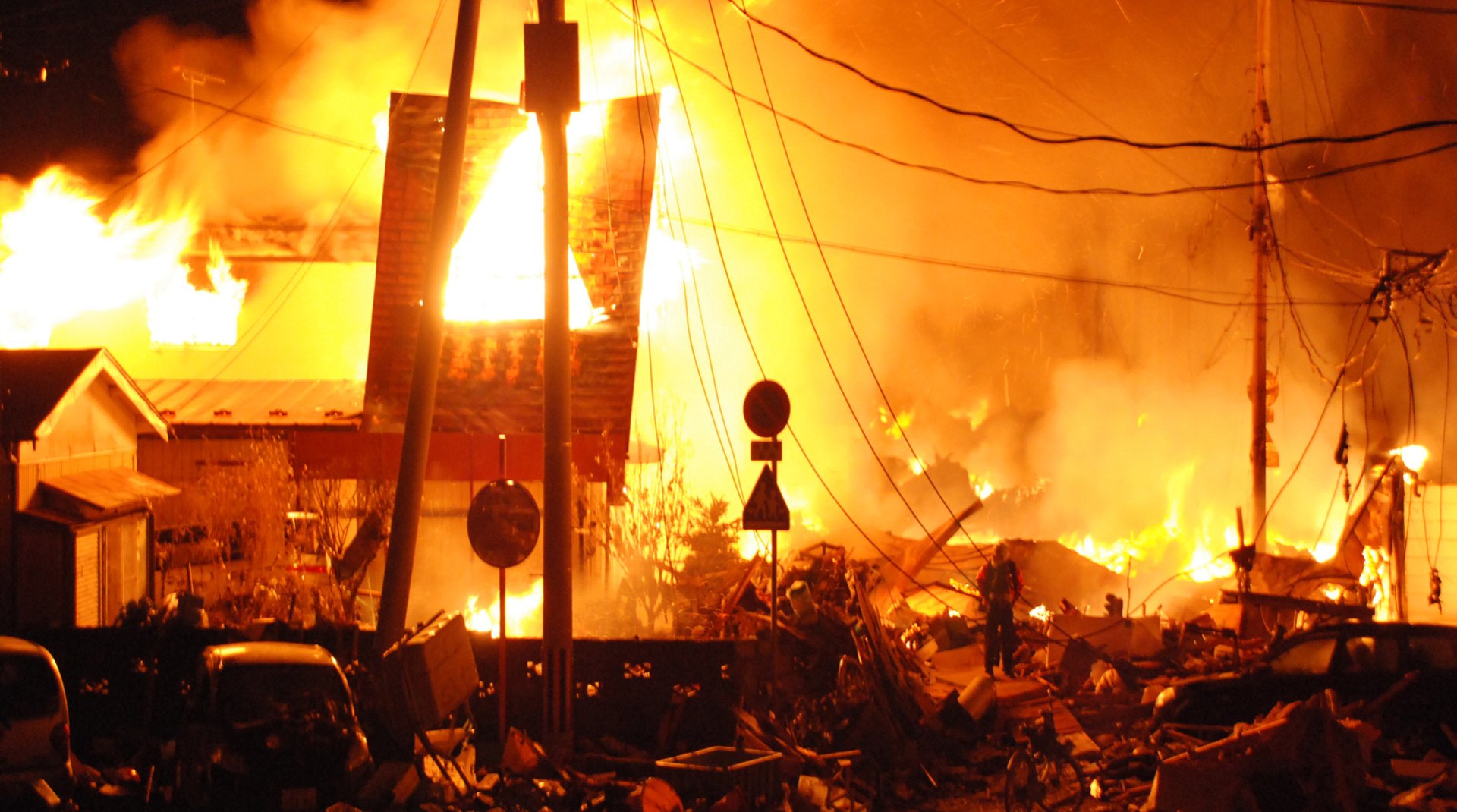
Japan, March 2011. Days Japan - a Selection
Days Japan
Japan, March 11, 2011. An earthquake struck off the north-eastern coast of Japan, just one of the countless earthquakes in a country where seismic activity is a common occurrence. But this time it was different. This time, after the Japanese had calmly resumed their daily routine, complying with safety instructions, the first stories came through that triggered genuine anguish. The quake had registered 8.8 on the Richter scale, and an equally dramatic tsunami was heading for the shores. The figures themselves were terrifying, but could scarcely capture the extent of the disaster: there were tales of giant waves 20 meters high, and speeds of 800 km/h. For those of us unused to such phenomena, these descriptions can seem abstract, but after a few hours the first photos came through following the series of dispatches reporting on the events: the dark, apocalyptic wave crashing over Miyako City and other cities in north-eastern Japan, vehicles swept away like toys at Sendai airport, the young woman in tears in the midst of the ruins in Natori – all striking, overwhelming pictures now etched into our memories.
Preview
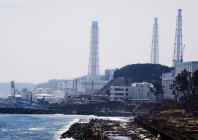
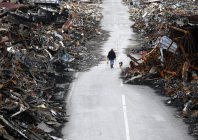
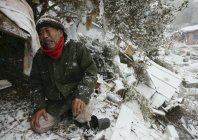
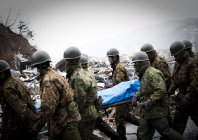
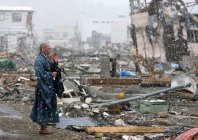

And the nightmare did not stop there. The situation was critical, and got worse when reactors at the nuclear power plant in Fukushima, damaged by the tsunami, began to heat, getting close to fusion. This was absolute drama. The world power which had always been seen as the ultimate example of order and discipline, was on its knees, struggling to organize emergency rescue services for survivors and to manage the nuclear crisis.
Confronted with the tragedy, the Japanese showed great solidarity and dignity, as can be seen with the picture of the monk, majestic in appearance, in the snow, praying for the dead still buried in the rubble, and symbolizing the noble spirit of the entire nation.
Vincent Jolly






